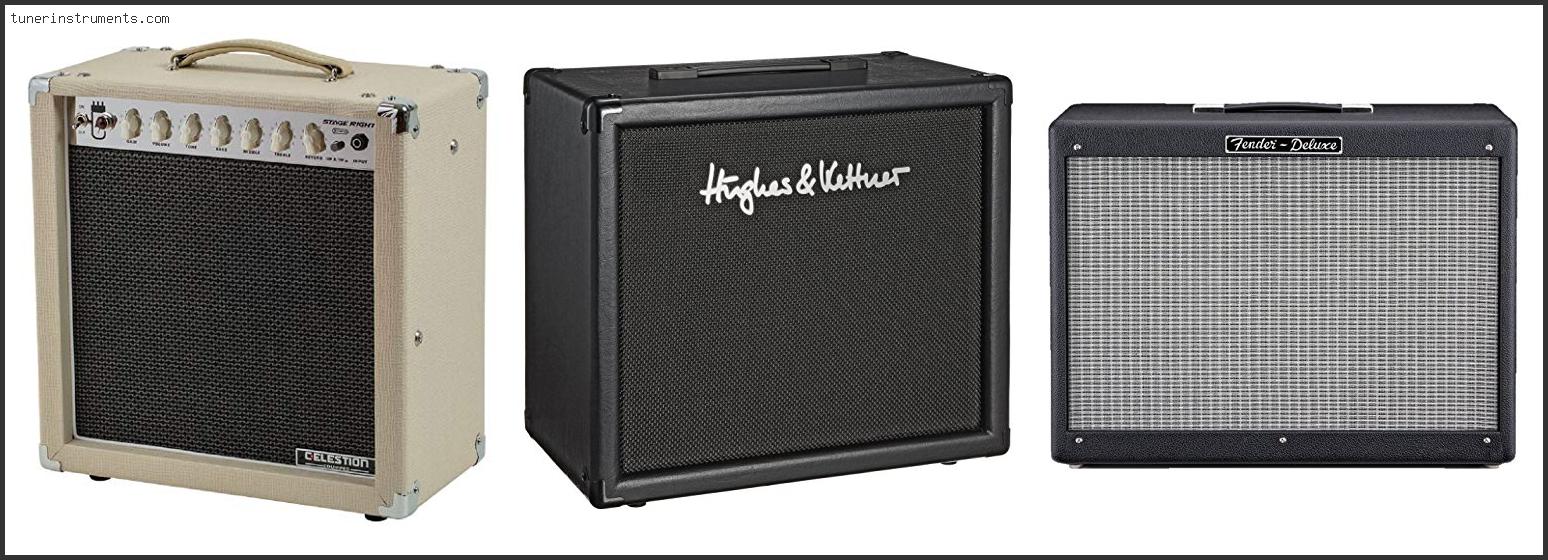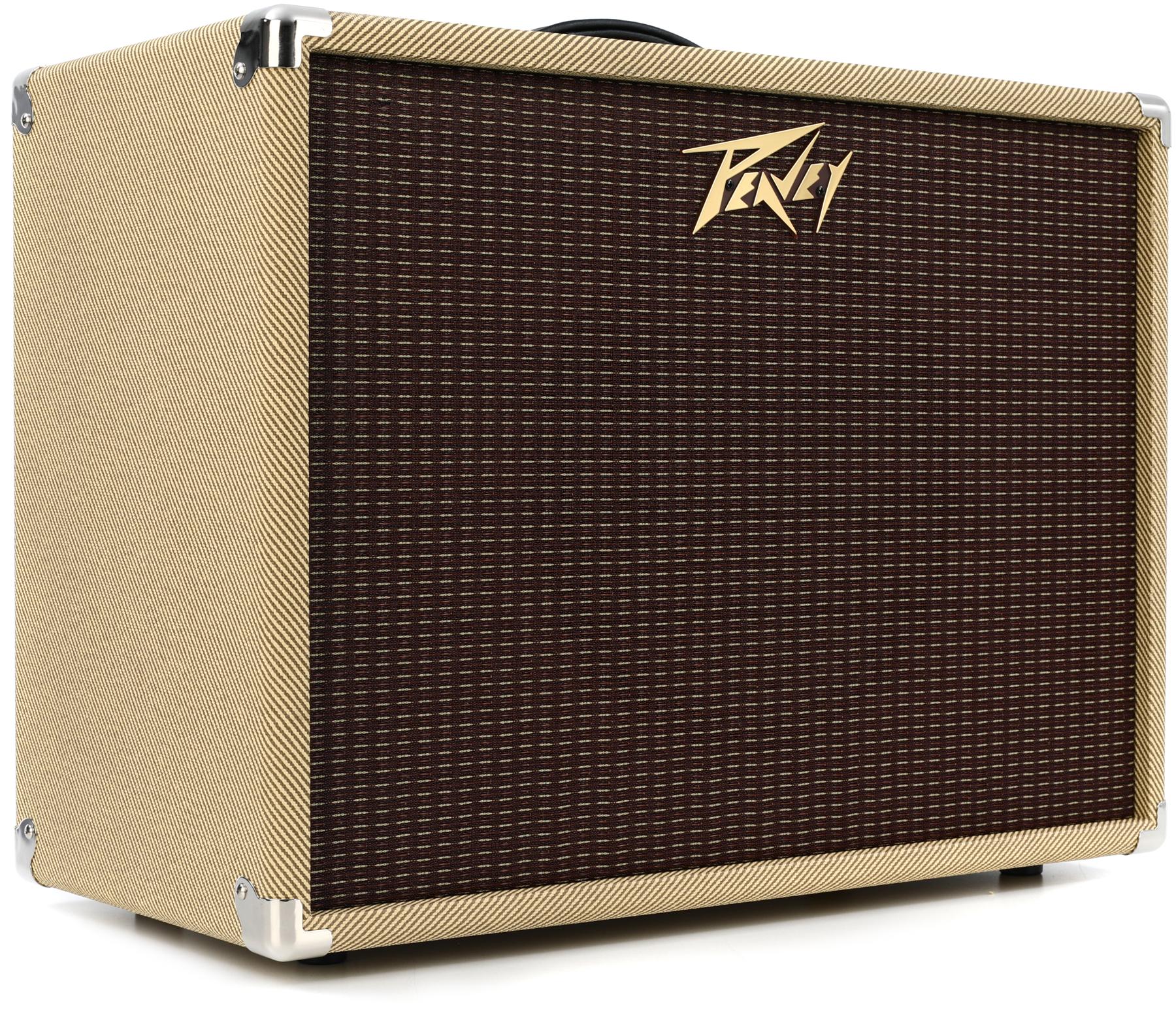Top 3 1×12 Guitar Cabinets for Metal

Selecting the right 1×12 guitar cabinet is crucial for achieving the desired tone in metal music. The cabinet significantly impacts the overall sound, influencing the low-end punch, midrange aggression, and high-end clarity. A well-chosen cabinet can elevate your metal sound, while a poorly matched one can severely hinder your sonic aspirations. This exploration delves into three top-tier 1×12 cabinets renowned for their metal-oriented performance.
Sonic Characteristics and Suitability for Metal Subgenres
Three leading contenders in the 1×12 guitar cabinet market for metal applications are the Mesa/Boogie 1×12 Rectifier® Cabinet, the Orange PPC112, and the Engl Pro 112. Each cabinet offers a unique sonic profile, making them particularly well-suited to different subgenres within the metal spectrum. The Mesa/Boogie, with its tight low-end and articulate mids, excels in genres demanding precision and clarity, such as thrash and technical metal. The Orange PPC112, known for its aggressive midrange and thick, saturated tone, shines in heavier styles like death metal and sludge. The Engl Pro 112, with its versatile voicing and ability to handle high gain, is a suitable choice for a wide array of metal styles, from melodic death metal to modern metalcore.
Construction Materials and Design Features
The construction materials and design features of a guitar cabinet significantly influence its sonic characteristics and durability. The Mesa/Boogie Rectifier® Cabinet, for instance, often utilizes high-quality plywood construction, known for its resonance and stiffness, resulting in a tight, focused sound. Its closed-back design contributes to a fuller, warmer tone, ideal for genres that benefit from a powerful low-end response. The Orange PPC112, on the other hand, often features a more open-back design, leading to a brighter, more open sound with increased airiness, particularly advantageous for death metal’s aggressive attack. The Engl Pro 112 typically employs robust construction materials and design elements to ensure both sonic excellence and longevity, making it a dependable choice for demanding stage performances.
Specifications Comparison
The following table provides a comparison of the specifications for the three cabinets discussed:
| Specification | Mesa/Boogie 1×12 Rectifier® Cabinet | Orange PPC112 | Engl Pro 112 |
|---|---|---|---|
| Size (HxWxD) | (Approximate dimensions will vary depending on specific model) | (Approximate dimensions will vary depending on specific model) | (Approximate dimensions will vary depending on specific model) |
| Weight | (Weight will vary depending on specific model) | (Weight will vary depending on specific model) | (Weight will vary depending on specific model) |
| Speaker Type | Mesa/Boogie custom designed speaker (Specific model varies) | Celestion Vintage 30 (Often, but may vary) | Engl custom designed speaker (Specific model varies) |
| Impedance | 16 ohms (Often, but may vary) | 16 ohms (Often, but may vary) | 16 ohms (Often, but may vary) |
Speaker Selection and Tone Shaping for Metal: Best 1×12 Guitar Cabinet For Metal

The heart of any metal tone resides within the speaker, acting as the final voice before the sound reaches the listener’s ears. Choosing the right speaker for your 1×12 cabinet is crucial in achieving the desired aggression, clarity, and punch that defines various metal subgenres. Careful consideration of speaker characteristics directly impacts the overall tonal landscape, influencing everything from low-end tightness to high-end shimmer. This section delves into the nuances of speaker selection and explores effective tone-shaping techniques for metal.
Speaker selection significantly influences the tonal character of a metal guitar sound. Different speakers possess unique frequency responses and power handling capabilities, directly impacting the final output. For instance, speakers with a prominent midrange will provide a more aggressive and cutting tone, ideal for genres like thrash or death metal, while speakers emphasizing the low-end are better suited for heavier styles like doom or sludge metal that require a thick, weighty sound. High-frequency response dictates the presence of “sizzle” and “air” in the tone.
Speaker Types and Tonal Characteristics
Several speaker types commonly feature in metal guitar cabinets. These include:
Celestion Vintage 30: Known for its versatility, the Vintage 30 offers a balanced response across the frequency spectrum, making it suitable for a wide range of metal subgenres. Its midrange presence provides aggression, while its highs offer clarity and detail. It is often praised for its ability to handle high volumes without losing definition.
Eminence Swamp Thang: This speaker is favored for its thick, low-end response, making it a popular choice for heavier styles of metal like doom and sludge. The Swamp Thang excels at producing a powerful, weighty tone with a strong fundamental. However, its reduced high-frequency response may require additional EQ to achieve clarity in the higher registers.
Weber Speakers: Weber offers a wide range of custom-designed speakers tailored to specific tonal characteristics. They allow for a high degree of customization, enabling players to achieve very specific tonal profiles. This allows for fine-tuning to achieve a tone perfectly suited to a specific metal subgenre or personal preference. For example, a Weber Blue Dog might be chosen for its clear highs and punchy mids, suitable for styles demanding articulate riffs.
Tone Shaping Techniques, Best 1×12 guitar cabinet for metal
Beyond speaker selection, several techniques can further refine the tone of a 1×12 cabinet.
External EQ: An external equalizer allows for precise adjustments to the frequency response, enabling the player to boost or cut specific frequencies to shape the tone to their preferences. For example, boosting the mids can add aggression, while cutting the highs can reduce harshness.
Microphone Placement: Microphone placement significantly influences the captured sound. Experimenting with different microphone positions relative to the speaker cone can dramatically alter the tonal balance. Positioning the microphone closer to the center of the cone generally yields a tighter, more focused sound, while positioning it off-center can add more character and complexity.
Cabinet Modifications: Modifications such as internal damping material or the addition of bracing can subtly affect the cabinet’s resonance and tonal characteristics. Adding more damping material can tighten the low-end, while reducing it can make the sound more resonant and “airy.”
Hypothetical 1×12 Cabinet Configuration for Brutal Death Metal
For a brutal death metal setup, a cabinet featuring an Eminence Wizard speaker within a closed-back, heavily braced 1×12 enclosure would be ideal. The Wizard speaker’s tight low-end and aggressive midrange perfectly capture the brutal nature of the genre. The closed-back design enhances low-frequency response, providing the necessary weight and punch. Heavy bracing minimizes unwanted cabinet resonance, maintaining clarity and definition even at extreme volumes. The addition of some internal damping material would further enhance low-end tightness, preventing muddiness. This configuration would be further refined using an external EQ to subtly boost the upper mids for cutting aggression and presence. The microphone placement would be crucial; a dynamic microphone positioned slightly off-center, close to the cone, would capture the desired raw power and aggression.
Budget-Friendly vs. High-End 1×12 Metal Cabinets

The pursuit of the perfect metal tone often leads guitarists down a winding path of amplifier and cabinet exploration. A crucial component in this journey is the 1×12 guitar cabinet, a cornerstone of many metal rigs. Understanding the differences between budget-friendly and high-end options is key to making an informed decision that aligns with both sonic aspirations and financial realities. This exploration will illuminate the nuances of each category, helping you navigate the choices and achieve the metal tone you desire.
The disparity between budget and high-end 1×12 cabinets primarily stems from component quality, construction techniques, and speaker selection. Budget cabinets often utilize less expensive materials, simpler construction methods, and speakers with more limited frequency response and power handling capabilities. High-end models, conversely, boast premium components, robust construction, and meticulously chosen speakers designed for exceptional clarity, power handling, and tonal articulation, particularly crucial for the aggressive demands of metal music. This difference translates directly into the overall sound and longevity of the cabinet.
Speaker Selection and Construction Differences
Budget-friendly 1×12 cabinets typically feature speakers with lower power handling and simpler designs. These speakers might exhibit a slightly muddier low-end response and less defined high-end frequencies compared to their high-end counterparts. The cabinet construction itself might also use thinner plywood or less robust bracing, potentially leading to unwanted resonances at higher volumes. High-end cabinets, on the other hand, often utilize premium speakers with higher power handling, wider frequency response, and more detailed construction, resulting in a tighter, more articulate low-end, and a crisper, more detailed high-end. The cabinet construction itself is typically more robust, using thicker, higher-quality plywood and more extensive bracing to minimize unwanted resonances and maximize sonic integrity. This ensures the cabinet faithfully reproduces the speaker’s output without adding unwanted coloration.
Key Factors for Budget-Conscious Metal Players
Choosing a 1×12 cabinet on a budget doesn’t necessitate compromising on tone entirely. Prioritizing specific features can yield surprisingly good results. Focusing on a cabinet with a speaker known for its tight low-end response and clear high-end is paramount. Researching reviews and comparing specifications of different speakers within a budget range is crucial. Additionally, consider the cabinet’s construction. While high-quality plywood is ideal, a well-built cabinet from a reputable brand, even at a lower price point, can often minimize unwanted resonances. Remember, a well-designed budget cabinet paired with a quality speaker can often outperform a poorly constructed high-end model.
Comparison Table of 1×12 Guitar Cabinets
| Cabinet | Price Point | Speaker | Sound Characteristics |
|---|---|---|---|
| Example Budget Cabinet (e.g., a model from a well-known brand with a known speaker) | Budget | (Specify speaker model, e.g., a commonly used budget speaker) | Tighter low-end than some budget competitors, but high-end can be slightly rolled off. Handles moderate volumes well. |
| Example Mid-Range Cabinet (e.g., a model from a reputable brand with a known speaker) | Mid-Range | (Specify speaker model, e.g., a speaker known for its versatility) | Balanced frequency response, good clarity and definition across the spectrum. Handles higher volumes with ease. |
| Example High-End Cabinet (e.g., a boutique cabinet with a high-end speaker) | High-End | (Specify speaker model, e.g., a high-end speaker known for its tight low-end and clear highs) | Exceptional clarity and articulation across the entire frequency range. Extremely tight low-end, detailed high-end. Handles extreme volumes without breaking down. |
